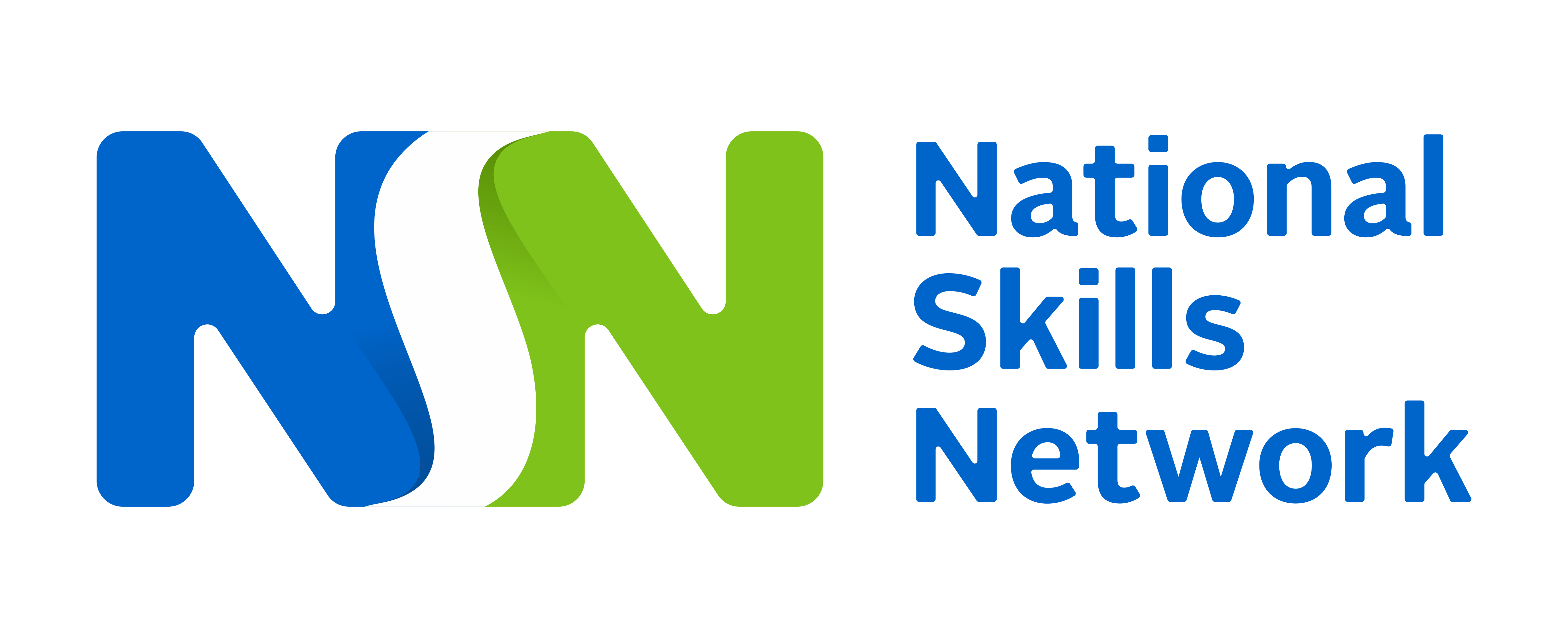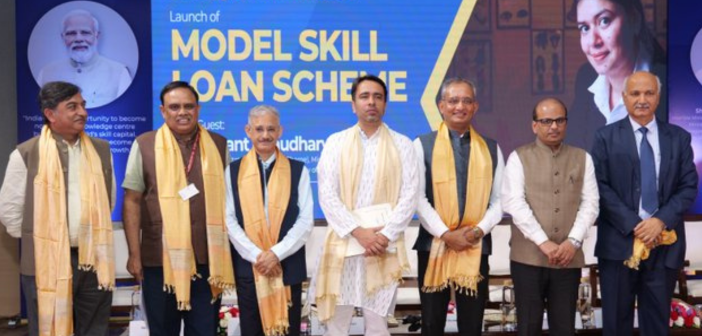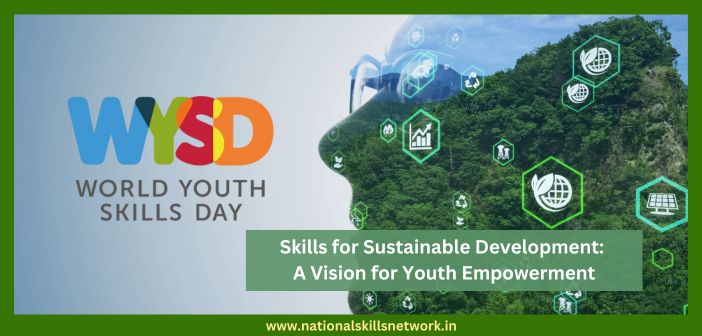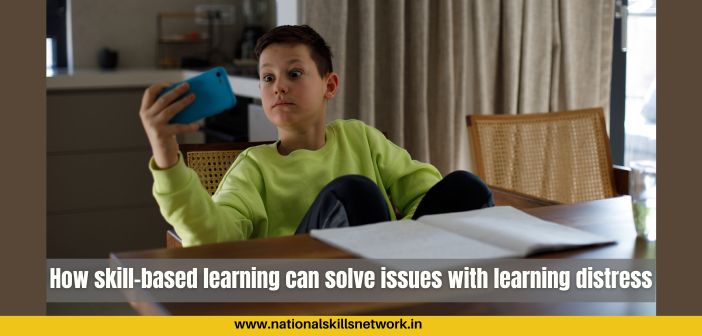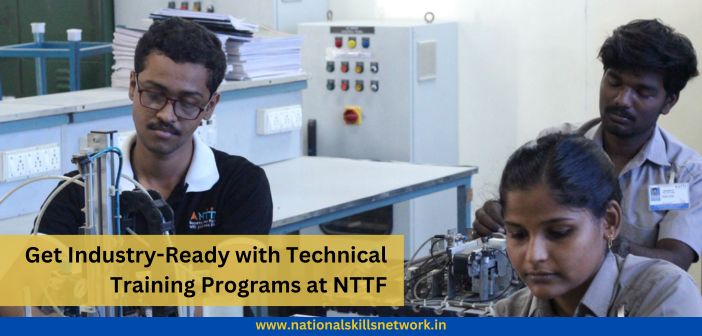For years, Industrial Training Institutes (ITIs) have been preparing students for many job roles in the industry, particularly in the manufacturing sector. Rhino Machines, Gujarat’s leading foundry machine production, equipment marketing, engineering and consultancy company has done exemplary work with ITIs in the region by recruiting the students and contributing in other ways to improve the infrastructure and capacity building through Swiss Dual VET models. We caught up with Manish Kothari, Managing Director, Rhino Machines, to learn about the scope for improving technical education in India, in the backdrop of government’s push for ITIs and industry participation. Let’s continue the Skill Talk with Manish:
Q: What is your opinion about the government’s push for improving ITIs -both government and private, particularly with reference to how ITIs have been in the news for the last 2 years (like convocations for ITI students, NIOS bridge course, equivalence with 10th std etc)
A: The government has probably listened to the voice of the industry and society, and understood the need to improve the ITI ecosystem. There are a lot of awareness programs being done, and government is making serious efforts to engage. However, still it has not been able to demonstrate any major change in the ecosystem since these are nascent efforts in reviving the ITIs after several years.
The need to sensitize, create awareness and propagate – all are needed, but yet the aspirational value for ITI has not been created. It is still not considered as an aspirational career choice. It is still considered for those who cannot afford higher education or those who are left with few choices post 10th standard.
The people behind the program themselves need to be elevated – even being a teacher at ITI or being a principal there is yet to become aspirational, so how can it percolate down to the students is the question! Of course the government has introduced a logo for ITIs, convocations have also been organized, but a lot needs to be done since there is still a lack of awareness of the upward mobility or permeability of ITI to higher education And this is one of the key elements in establishing equivalence and showing options and paths to ITI students.
Q: Your company has been recruiting from ITIs, tell us about how you select students, train them and show them a career path in the manufacturing industry.
There is a shortage of number of students available for recruitment, and also the quality of students is poor. We induct them as is, understand the capability over 2 to 3 years before we take them up the value chain. We have several success stories with technicians having worked with us for 15-25 years, who have become role models, with impressive career path examples.
It is necessary to bring the industry closer and sensitize them to co-invest with the government, convince the government to decentralise the ITI education, reduce control and be more of an overseer. ITIs should be made to take more responsibility and feel accountable to take gradual steps into an autonomous framework.
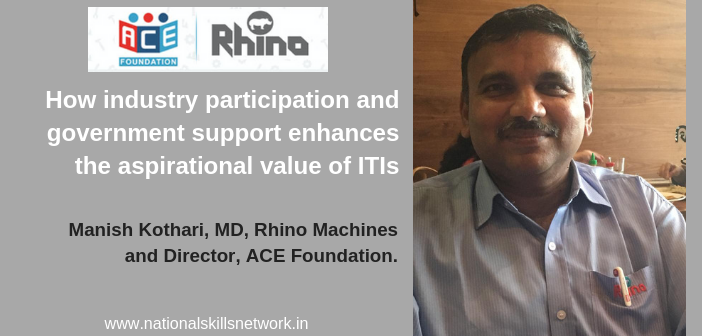
Q: What are the challenges in training the ITI students to become industry-ready; how do you engage them? Is it through apprenticeships? It is through curricular changes?
A: The key challenge is that their fundamentals are poor. Most of the students have limited access to tools and machines, have poor basics in Mathematics, Workshop Science, Technical English – and therefore have huge limitations on being industry ready. We are unable to assign them with their certified skill set, engage them as helpers under experienced technicians. Under apprenticeship we experimented with one batch of 23 students – it took us 9 months to complete the 6 month program to fill in their missing competencies and skills.
Q: How is the ITI landscape in Gujarat. Please share your experience of working with the ITIs, their approach to the industry, and readiness to enter into PPP initiatives?
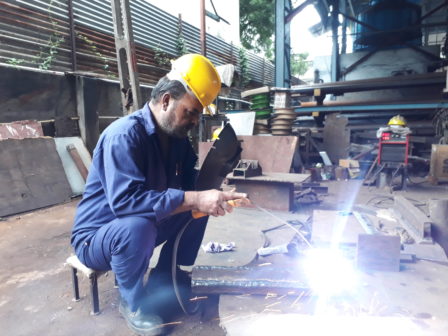 A: Just like the overall scenario of ITIs across India, Gujarat leaves a lot to be desired. For several decades not much work was done to improve the quality of ITIs, leading to reduction in the quality of infrastructure, faculty and trainers. During the last few years, the government has been trying to build the PPP model, and Rhino Machines bid for one of the ITIs. The processes still are very slow, lot of papers to move, and it is more than a year, we are still not able to translate the roadmap.
A: Just like the overall scenario of ITIs across India, Gujarat leaves a lot to be desired. For several decades not much work was done to improve the quality of ITIs, leading to reduction in the quality of infrastructure, faculty and trainers. During the last few years, the government has been trying to build the PPP model, and Rhino Machines bid for one of the ITIs. The processes still are very slow, lot of papers to move, and it is more than a year, we are still not able to translate the roadmap.
There is still much to be done, as the ecosystem to provide authority and responsibility to the industry is still in a transitional phase. Many industries take up PPP only for CSR which is also not helping the initiative to progress the way it should. The participation of the industry is very essential and the PPP initiative is the right path – but the model needs to be revisited. Perhaps we need more ways to introduce autonomous decision making at the level of every ITI.
Advice to the students: The ITI route of education is one of the best opportunities in terms of employability and acquiring the right set of skills. The professional value of the course assures a job at a very young age. But they must look at the curriculum, the industry connect and the quality of infrastructure to ensure that the quality of ITI is good.
Q: Briefly describe the journey of the students from being an ITI pass to a manufacturing professional trained as per Swiss standards at Rhino Machines. How do they get transformed?
A: We started by improving their basics with the foundation course in Mathematics, Technical Drawing, Computers, etc in theory (30%) and practicals (70%) with all the latest set of tools and instruments as per Swiss standard. The content structure, method of teaching, with content in English and explanation in vernacular (Gujarati/Hindi), individual tools, industrial environment by Swiss trained Industrial Trainers was the key to make them industry-ready. They could start work on their domain skill directly. With efforts such as these, I feel, many ITI students’ competencies can be improved on a fast-track.
